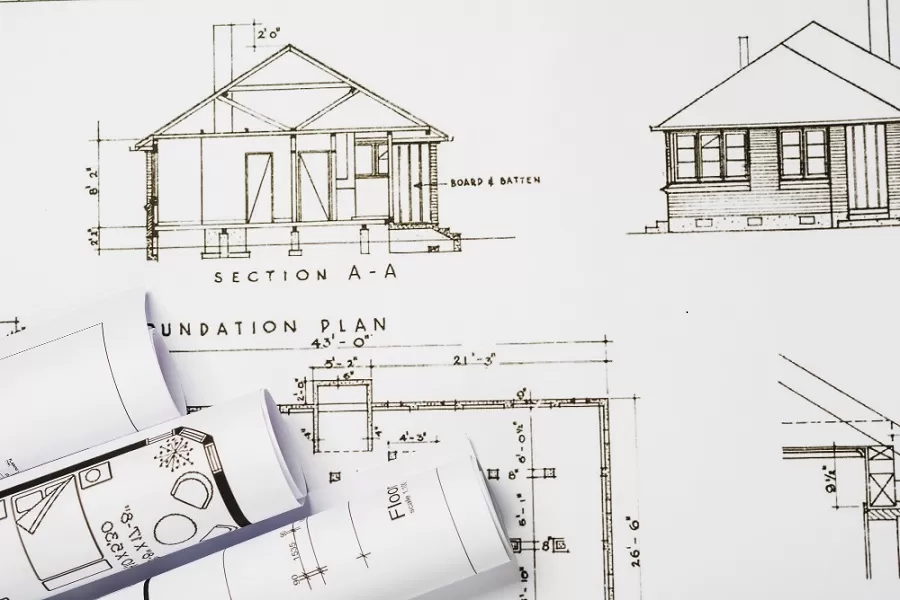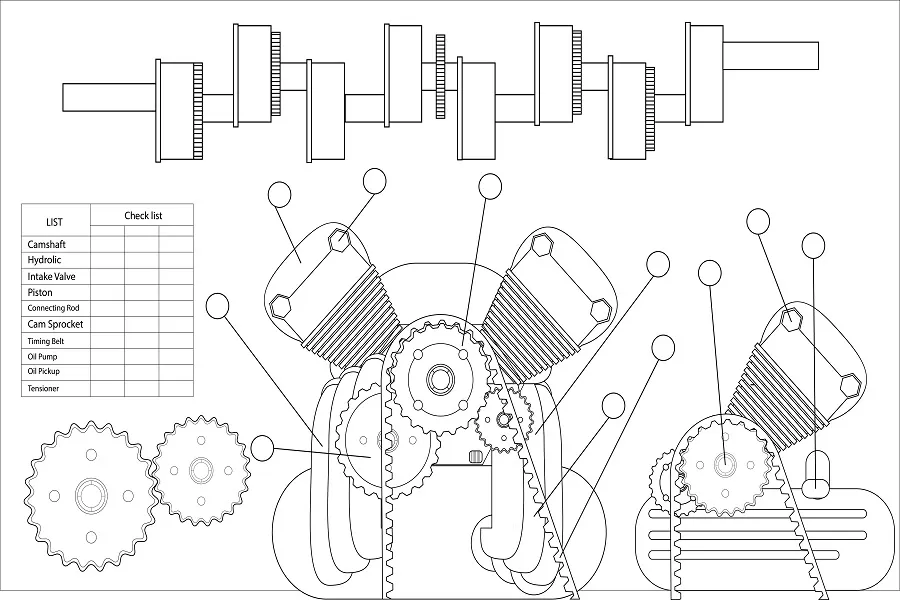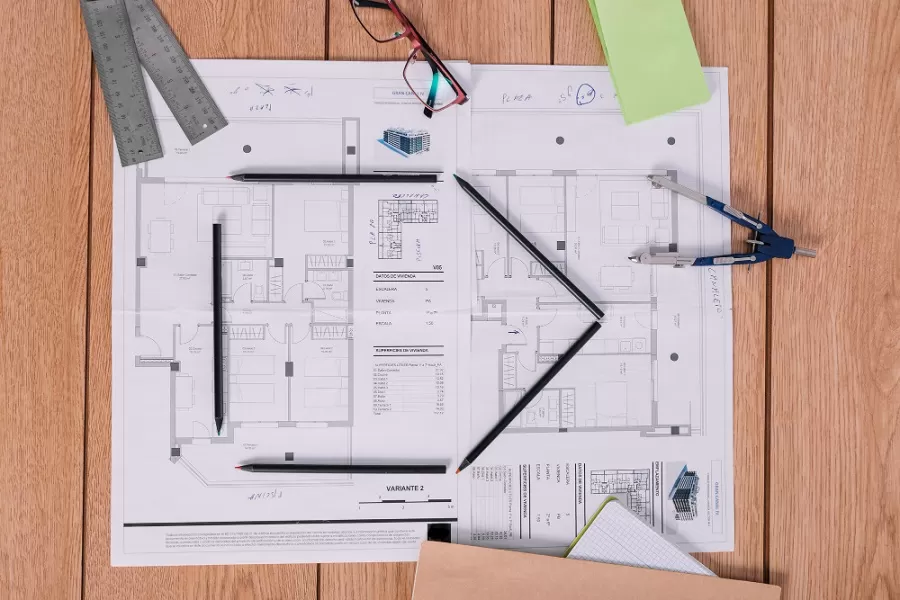Solar panels are the need of the hour. They not only reduce your electricity bills but also contribute to a greener, more sustainable future. Did you know a well-designed solar panel system can help you save not just hundreds but thousands of dollars on the electricity bill? For example, a 50-kilowatt solar system can generate over 70,000 kilowatt-hours annually. At an average rate of 15 cents per kilowatt-hour, that’s more than $10,000 in savings annually. As your solar system’s capacity increases, so do your savings. However, creating the right solar panel design is essential to maximizing energy efficiency and ensuring long-term savings for both residential and commercial projects.
Whether you’re installing a small residential system or planning a large-scale commercial project, having a proper solar panel layout design is key to optimizing performance and meeting energy demands. Here’s how to get it right.
Step 1: Determine Your Energy Needs
The first step to designing a solar panel system is to evaluate your energy needs and existing consumption. You can use software like PVWatts Calculator or HOMER Pro to estimate energy production basis past electricity consumption data, location, and system size. While review of past utility bills work well for residential systems, commercial projects may require more detailed energy audits.
Step 2: Perform a Thorough Site Assessment
The direction and space on the roof is an important parameter that impacts the efficiency of your solar panel layout design. For residential homes, south-facing roofs (with little shade) provide the most direct sunlight and sunlight. For commercial buildings, large, flat roofs are the best as they can accommodate more panels and facilitate flexible placement. It is also important to consider any obstacles (trees, chimneys, or neighboring buildings) that might cast shadows and reduce the system’s performance.
A solar panel design and drawings services provider can help you make the most of your available space.
Step 3: Create a Foolproof Solar Panel Layout Design
Once energy needs are determined, the next step is to create solar panel layout drawings. CAD design and drafting software like AutoCAD, SolidWorks, and SketchUp are used to create detailed solar panel drawings. These CAD drafting tools help in the creation of accurate 2D layouts for optimal placement of panels, wiring, and inverters.
Creating solar panel layout designs with these tools can help you optimize energy generation. It also ensures compliance with local building codes and safety regulations.
Step 4: Calculating System Size and Output
To precisely size and forecast the production of your solar panel systems, collaborate with solar engineers. For example, to model how much energy the system will create under different situations, solar experts utilize software like PVsyst and SAM (System Advisor Model). These tools also help to calculate efficiency losses due to shading, inverter efficiency, temperature changes, and degradation over time.
Step 5: Choosing the Right Panels and Inverters
The choice of solar panels and inverters impacts both the efficiency and cost of your system. That’s why it is important to choose them wisely. Two types of solar panels are available: Monocrystalline panels provide high efficiency and small footprint. They are ideal for space-constrained residential projects. Polycrystalline or thin-film panels, in the other hand, are more cost-effective for commercial projects.
Inverters, which convert DC electricity generated by the panels into AC electricity, need careful selection too. Seek help from solar engineering design services providers to choose inverters that can handle the maximum output of your solar panels.
Step 6: Include Energy Storage Systems
It’s crucial to include battery storage into your solar setup. They can help you use solar-generated energy at night or during times when there is little sunlight. Your solar panel layout design specialist can assist you in determining the appropriate storage solution’s size and selection in light of grid requirements and patterns of energy usage.
Step 7: Ensure Compliance with Local Regulations
Solar panel design must comply with local building codes, safety standards, and utility requirements. Connect with experienced solar designers to check compliance with regulations. Your mechanical CAD services provider can provide electrical design and drafting services for smooth interconnection.
Step 8: Monitoring and Performance Analysis
Include a monitoring and maintenance plan in your design. It can help your solar panel system perform at its best. Routine maintenance, such as cleaning panels and inspecting wiring, is also essential to prevent energy loss over time. Regular check-ups by a qualified technician can extend the lifespan of your solar system and keep it working efficiently for years to come.
Make Way for an Energy-Efficient Future with Enginerio
Designing the right solar panel system for residential and commercial projects requires careful planning and the use of advanced software tools. At Enginerio, we have both the tools and international project expertise to create optimized solar panel drawings that maximize energy output while minimizing costs.
Whether for residential or commercial projects, our expert solar PV system design team ensures precision at every step. Partner with us to reduce your energy consumption, cut down on costs, and minimize carbon emissions. Together, let’s pave the way for a greener, more sustainable future!
Frequently Asked Questions
How much energy can solar panels generate?
The amount of energy generated depends on the size of the system, the amount of sunlight received, and the efficiency of the panels. An average residential solar panel system can generate between 250-400 watts per panel.
What is the lifespan of solar panels?
Most solar panels have a lifespan of 25 to 30 years. However, the efficiency may decrease slightly over time. Modern solar panels typically come with long-term warranties.
Can I design the layout myself?
While there are online tools to design solar panel layout, professional CAD designers ensure optimal efficiency and compliance with local regulations. They use advanced CAD design and drafting tools to simulate real-world conditions and avoid issues like shading, which can reduce energy output.
Do solar panel drawings include electrical wiring details?
Yes, solar panel drawings typically include detailed electrical diagrams too. They show how panels are connected to inverters, batteries, and the grid. This ensures safe and efficient wiring and helps installers avoid common pitfalls during installation.
How to get started?
Reach out to us with your project requirements and we can create the most practical solar panel drawings that meet the strictest performance and compliance criteria.





